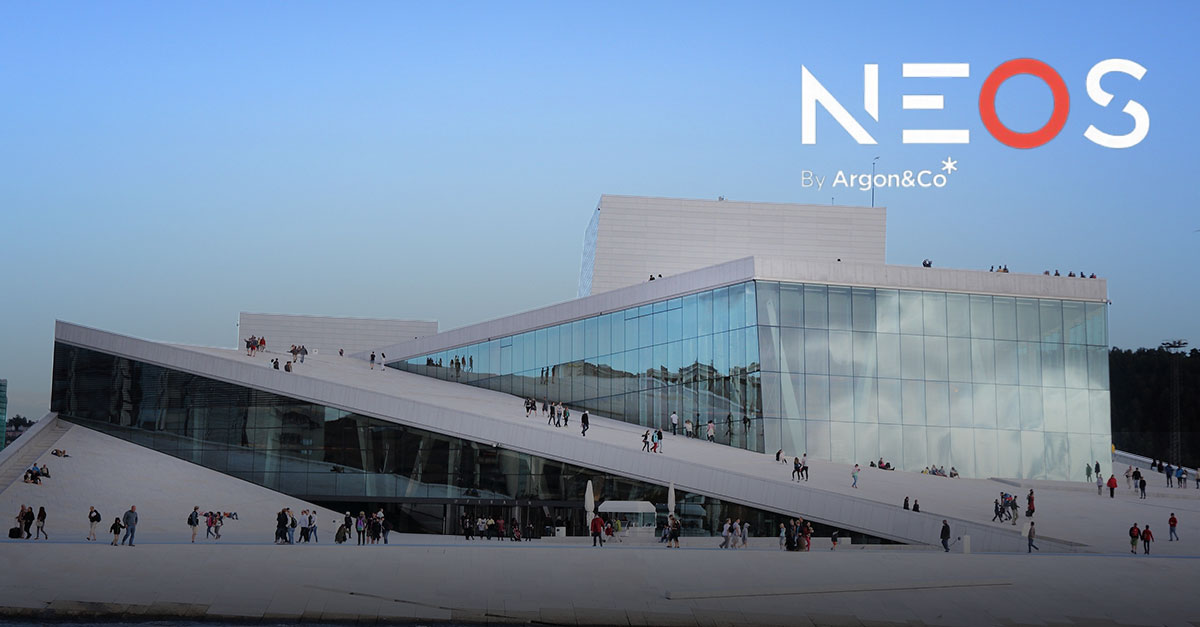.png)
Key Signs that Supply Chain Disruptions Will Continue and What Experts are Doing to Prepare
How are leading supply chain experts and companies adapting and preparing for a new frontier of supply chain operations where anticipating trouble is critical?
No two days are alike in today’s supply chain system where so-called black swan events are now commonplace. Yet current supply chain systems are not built for constant disruption. How are leading supply chain experts and companies adapting and preparing for a new frontier of supply chain operations where anticipating trouble is critical? TUNE IN HERE for the monthly Supply Chain Automation LinkedIn Group Roundtable featuring special guest speaker Joe Berti, Chief Product Officer, IBM Sustainability Software along with panel members Bruce Richardson, Chief Enterprise Strategist at Salesforce, Mike Landry, SVP Supply Chain Service Line Global Leader at Genpact, and Cy Smith, CEO at ketteQ.
On the heels of baby formula shortages and skyrocketing gas prices a new, troubling supply issue recently emerged – excess inventory for retailers. Retail giant Target raised the white flag and revised its profit outlook downward again, telling investors that a slump in consumer demand for products popular during the pandemic was faster than anticipated.
It’s the latest in a seemingly endless ripple of shockwaves hitting the global supply chain, sending companies scrambling. Prepare for a supply chain system that remains in a constant state of flux, said Joe Berti, Chief Product Officer, IBM Sustainability Software.
In Texas, where the popular sparkling mineral water brand Topo Chico reigns supreme, grocery stores are rationing supplies again and offering alternative brands for sale – something that was once unprecedented, said Berti, who offers a birds-eye view of the top disruption trends and emerging solutions.
On the horizon, supply chain operators should be keeping an eye on critical trends and be stress testing systems and scenario planning for phenomena like geopolitical conflict, increasing inflation, disruptive weather events, continued global population growth, sustainability, and the entire continuum of supply sources.
Black Swan Reaction
Most people have now become familiar with the black swan theory, now commonly cited with each major supply chain disruption, said Berti. A true black swan event comes as a surprise, has a major effect, and is often inappropriately rationalized after the fact. Presently
in London, the latest black swan phenomenon has happened at the pubs, where the price of a pint of beer is now eight pounds sterling or roughly ten U.S. dollars. That’s thanks to an increase in the price of barley and the cost of shipping beer to London.
According to the theory, we tend to look at past events to predict the future. But for today’s global supply chain, the past is of little help, and disruptions are likely to get worse, Berti noted.
The COVID pandemic is a great example, he added. With statistically less than 1% of the population impacted, we ran out of toilet paper, rationed groceries and our economy was in a tailspin. There will be more pandemics, so imagine if a pandemic impacted 5% or even 10% of the population. Rather than inappropriately rationalizing past events, we need to prepare our supply chain for what could happen.
Geopolitical Crisis – Think Ahead
Roughly half of the world’s supply of neon gas comes from Ukraine. The onset of war with Russia created sudden manufacturing chaos. Companies making everything from cars to computers go caught short-handed not being able to find enough chip supplies because they did not realize their suppliers were relying on neon gas supplies from Ukraine. They were missing visibility of that second and third tier of their supply chain, said Berti. That situation is only growing worse. More than a million people from Ukraine have been displaced, impacting labor and creating population shifts, among other things.
Increasing Inflation – Anticipate Costs
The current rise in inflation yet again is something we did not expect. Some companies have pricing elasticity and can raise prices to cover their costs, but other companies, like retailers, cannot. They often have contracts or purchase inventory in advance at a certain price point. Car prices have escalated as supplies have fluctuated wildly. On a recent trip to a Carmax car lot, there were only about 100 cars on the lot, compared to the usual 400 to 500 cars, said Berti. Buyers are having a difficult time finding new cars so demand and prices are higher and that has driven the price of used cars up as well, maybe by as much as 20%. Companies must be able to get ahead of supply shortages and better bridle the impact of inflation.
Weather Events? Take Cues from Airlines
In Texas, most people think of floods and hurricanes as the predominant weather threat, but in 2021 a rare freeze event took place over the course of five days causing utility outages. Raw materials waiting to be shipped from Houston froze and had to be scrapped. It has never been more important to plan ahead, said Berti. Now Texas power use is set to reach an all-time high prompting rolling blackouts.
In Australia, during wildfire season, suppliers keep track of where to safely house spare parts inventory, so it doesn’t get destroyed. That same logic can be applied anywhere to prepare for weather disruptions.
Inside IBM there is a Weather Operations Center that integrates The Weather Company’s data offerings with alerting dashboard visualization. Imagine having meteorologists sitting side-by-side with dispatchers, making minute-to-minute decisions on whether planes or trucks should be stopped or should proceed on their routes. Why can’t all supply chain operators take a cue from the airlines and more consistently build weather forecasting into their scenario planning? If you had weather data at your fingertips, how would you react?
Supply Chains Must be Responsive and Intelligent
No two days are now ever the same in a supply chain, which means supply chain systems need to be more responsive and intelligent. The systems and solutions prevalent for supply chain operators today were never built for constant disruption, said Berti. Traditional ERP systems are transactional. They are accounting based. They play an important role, but they can’t handle a “no-two-days-are-alike” scenario.
ERP systems are also monitoring what’s going on within the four walls of a company. But companies now need far greater visibility. Operators need visibility into their suppliers and their supplier’s suppliers. They also need a single view of supply chain truth – something a solution like ketteQ provides.
Operators need to focus on building and harnessing specialized, purpose-driven algorithms. Think about building a massive supply chain brain that can detect issues, correlate events to what may produce a negative impact or help see ahead to where vulnerabilities lie now and when black swan events occur.
The good news is, that there is now so much more data that can be collected. Supply chain operators must learn to harness that data.





